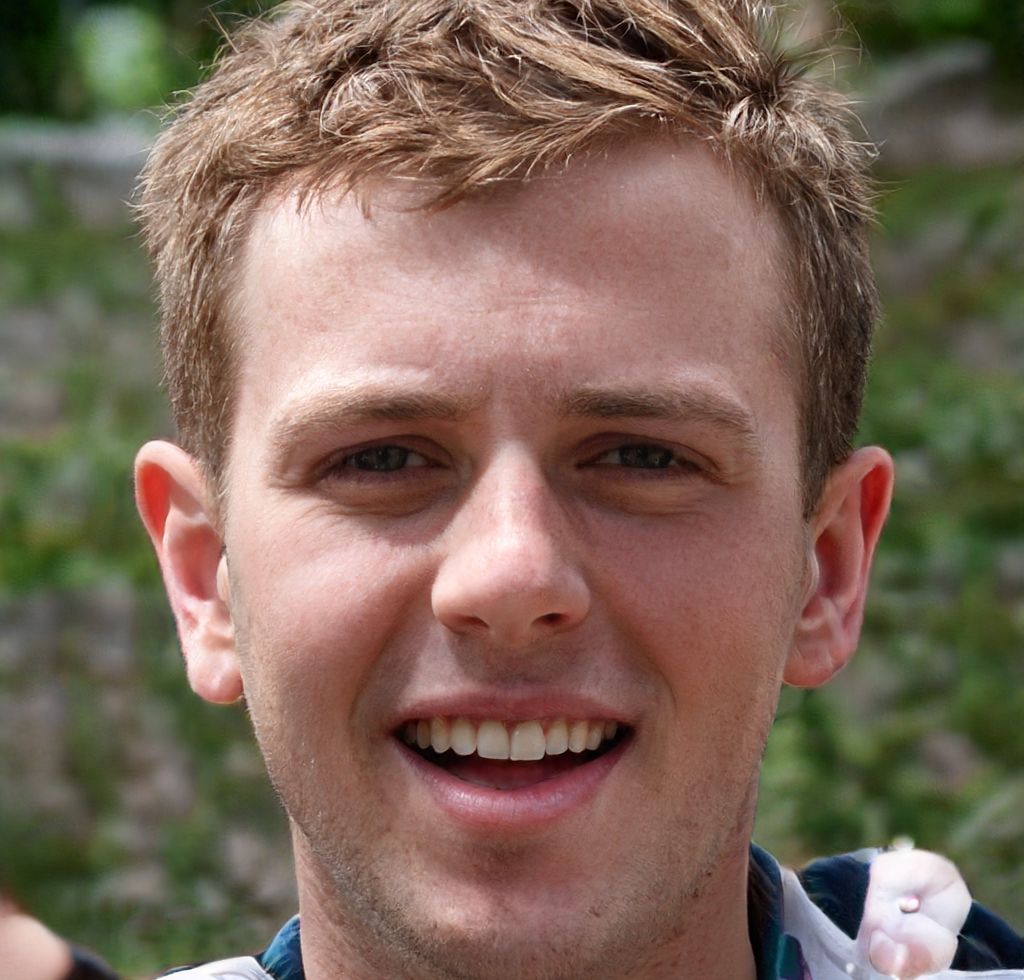

Brooklyn Barber
Organic Chemistry teacher | Experienced educator in USA
I hold a degree in Organic Chemistry from Smith College. My passion lies in unraveling the complexities of organic compounds and facilitating understanding in others. With a knack for simplifying intricate concepts, I've been tutoring students for years. Whether it's elucidating reaction mechanisms or clarifying synthesis strategies, I strive to make Organic Chemistry accessible and enjoyable. My approach fosters critical thinking and problem-solving skills, preparing students for success in both academia and beyond. Join me on a journey through the fascinating world of organic molecules, where learning is as enriching as it is rewarding.
Questions
Which molecules are achiral and chiral?
How could IR spectroscopy distinguish between #CH_3CH_2CH_2OH# and #CH_3CH_2OCH_3#?
How do geometric isomers occur?
Why are epoxides important?
How to prepare pentabromobenzene from aniline?
How do Lewis acids and bases differ from Bronsted/Lowry acids and bases?
What is the Lewis Dot Structure for Phosphorus trichloride?
How are dipoles induced?
How do you classify Bronsted acids and bases?
How does sodium amide react with 3-bromopyridine? Show the mechanism.
What undergoes sn1 reactions?
Why is SN2 stereospecific?
How does the mass spectrometer work?
How can I draw a chiral isomer of 1,2-dibromocyclobutane?
How do cis and trans isomers arise in cinnamaldehyde?
How can I draw the structures of 4 isomers of amides for the formula #C_5H_11NO# ?
How many resonance structures can be drawn for ozone?
What is a phenoxide ion?
What is the difference between ion-dipole, dipole-dipole, and dispersion?
Why is the IR spectrum inverted?